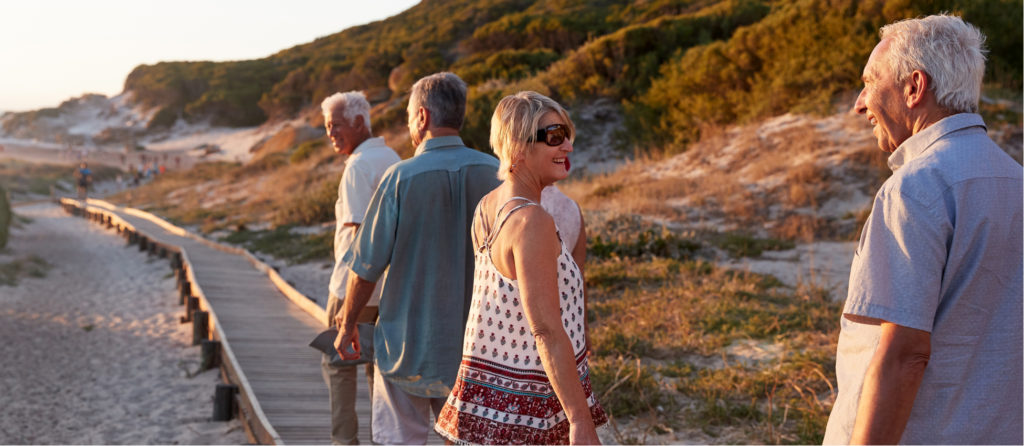Why go to Ushuaia – and Antarctica?
Ushuaia is capital of Argentina’s Tierra del Fuego province and the world’s southern-most city, perched on the very tip of South America about 680 miles from the coast of Antarctica.
The word Ushuaia comes from the Yaghan language: ush and waia (‘bay’ or ‘cove’) and means ‘deep bay’. It’s pronounced ‘Oo-swy-ya’.
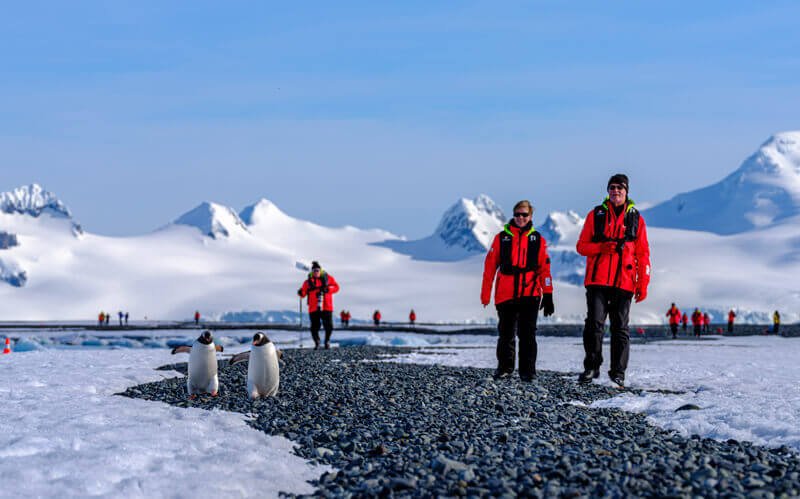 No matter where you have been and what you have seen on previous travels, the frozen continent of Antarctica is quite unlike anything else. The icy white expanse is probably the most pristine natural environment on the planet. Here you will find nature at its most sublime and haunting.
No matter where you have been and what you have seen on previous travels, the frozen continent of Antarctica is quite unlike anything else. The icy white expanse is probably the most pristine natural environment on the planet. Here you will find nature at its most sublime and haunting.
What’s good to do in Ushuaia and Antarctica?
Ushuaia serves as a jumping-off point for hiking in Tierra del Fuego, but the city really comes into its own as the gateway to the frozen realm of the Antarctic.
The cruising season runs from October through to March, the Austral summer, when the many animals adapted to survive in the harsh conditions come onto the ice to breed.
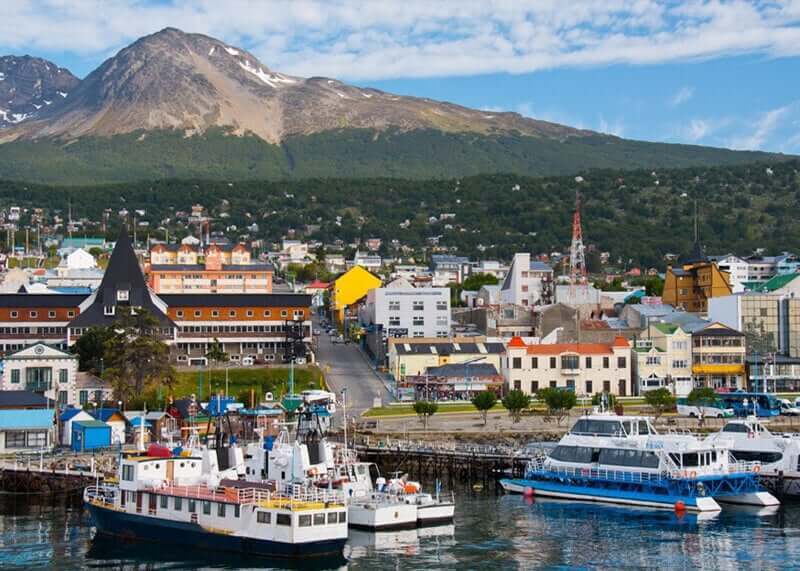 From Ushuaia, the Antarctic Peninsula lies two days sailing away. Weather, wind, ice and local conditions will determine where landings will take place in the Antarctic area, using zodiac inflatable boats to go ashore in escorted small groups at dedicated landing sites.
From Ushuaia, the Antarctic Peninsula lies two days sailing away. Weather, wind, ice and local conditions will determine where landings will take place in the Antarctic area, using zodiac inflatable boats to go ashore in escorted small groups at dedicated landing sites.
Opportunities ashore include visits to gentoo and chinstrap penguin colonies. Seven of the world’s 17 species of penguins can be found around Antarctica, and about twelve million penguins reside here, making them the icon of the continent.
Whale-watching opportunities abound, especially February-March. About 10 species of whales migrate south to Antarctica to breed and feed, and it is not uncommon to spot blue, fin, humpback, minke, orcas, and southern right and sperm whales close to the ship.
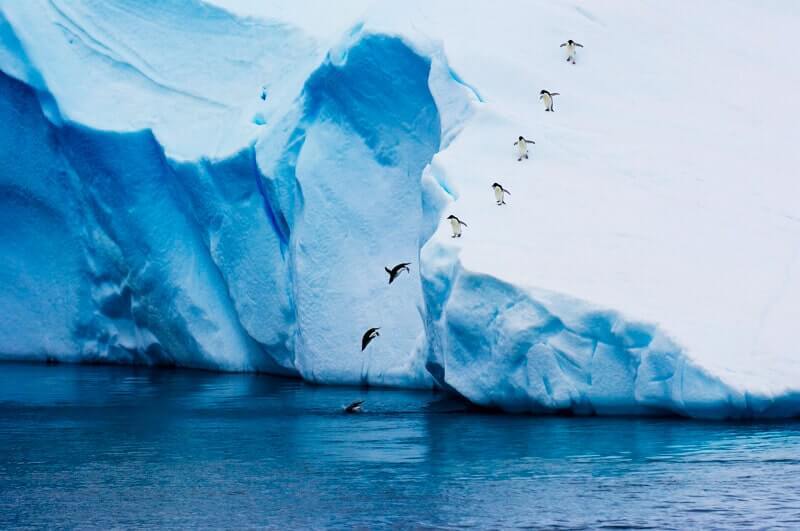 Antarctic seals are well-adapted to the harsh environment with their thick layer of blubber and fur. By far the most abundant is the crabeater seal, named for their diet of tiny crab-like krill. The adorable Weddell seals haul up on the ice during their breeding season (November – December). Keep watch, and you might spot a leopard seal on the hunt, one of the top predators in these waters.
Antarctic seals are well-adapted to the harsh environment with their thick layer of blubber and fur. By far the most abundant is the crabeater seal, named for their diet of tiny crab-like krill. The adorable Weddell seals haul up on the ice during their breeding season (November – December). Keep watch, and you might spot a leopard seal on the hunt, one of the top predators in these waters.
Penguins aren’t the only birds in Antarctica. With over 46 species, including wandering albatrosses, shearwaters, giant petrels, sheathbills and skuas, this is a birdwatcher’s paradise.
Little-known facts about Antarctica
Covering 5.5 million square miles, Antarctica is the fifth-largest continent – almost double the size of Australia – as well as the driest, coldest and windiest continent on Earth.
The Antarctic ice sheet is the largest ice store on earth and up to 2.7 miles thick. It contains 70% of the world’s fresh water. Sea levels would rise by around 200ft if all the ice in Antarctica were to melt.
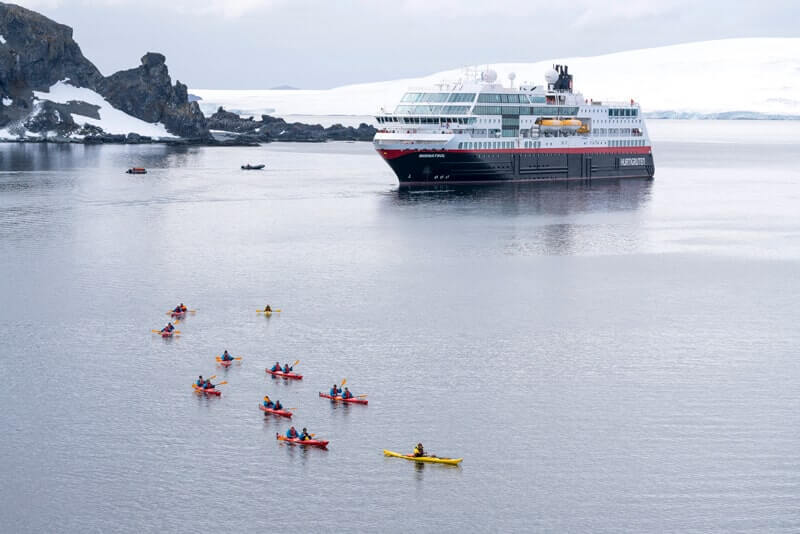 Antarctica is, by definition, a desert receiving only 166 mm of rain each year. In fact, more rain falls every year on average on the Sahara Desert than Antarctica.
Antarctica is, by definition, a desert receiving only 166 mm of rain each year. In fact, more rain falls every year on average on the Sahara Desert than Antarctica.
While Antarctica is covered in ice, it has taken 45 million years to achieve its current thickness because so little rain falls there.
Antarctica is home to Mount Erebus – the southern-most active volcano in the world – as well as the only known ‘lava lakes’, which have held liquid magma for eons despite the continent’s freezing conditions.
During its summer months the sun does not set in Antarctica, which means it actually receives more sunlight than the equator during that time.
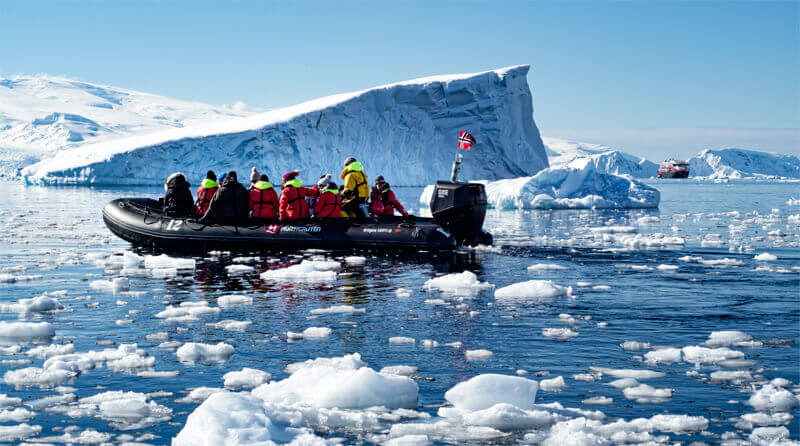 The coldest air temperature ever measured in Antarctica was – 89.2°C at Vostok Station in 1983. Along the Antarctic coast, the average temperature is a more bearable –10°C. The coastline has the warmest climate of the continent.
The coldest air temperature ever measured in Antarctica was – 89.2°C at Vostok Station in 1983. Along the Antarctic coast, the average temperature is a more bearable –10°C. The coastline has the warmest climate of the continent.
Scientists have found fossils showing that Antarctica was once covered with verdant green forests and inhabited by dinosaurs.
The Antarctic Peninsula is one of the most rapidly warming areas on the planet. Over the past 50 years, average temperatures across the Antarctic Peninsula have increased by 3°C, five times the average increase on Earth.
Top tip
Be sure to choose your Antarctica operator with care. Hurtigruten Expeditions’ ships have the lowest possible CO2-footprint of all expedition cruises to Antarctica, and the company is committed to the highest standards of seamanship and an environmentally-friendly operation. They have sailed polar waters for over 20 years, and their cutting-edge expedition ships combine a premium onboard experience with state-of-the-art hybrid technology.
How to get there
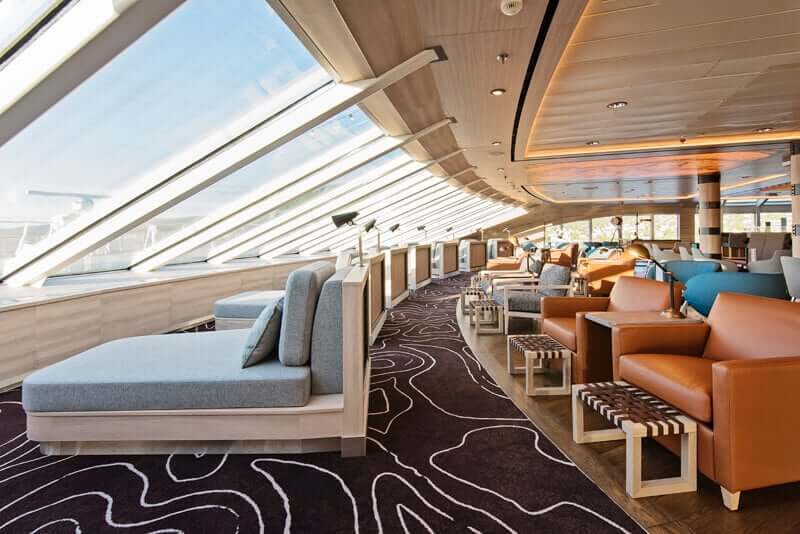 Hurtigruten offer a choice of four expedition ships in Antarctica, all of them carrying approximately 500 passengers. Durations vary from 12 days to 93 days.
Hurtigruten offer a choice of four expedition ships in Antarctica, all of them carrying approximately 500 passengers. Durations vary from 12 days to 93 days.
Sailings aboard the hybrid-powered ship MS Fridtjok Nansen from November 2022 – March 2023 start from £5,187pp including overnight hotel in Buenos Aires, flights to Ushuaia from Buenos Aires, all meals and drinks with meals on board, wi-fi (as available), expert lectures on board and English-speaking expedition team organising escorted landings by zodiac, with boots and poles available and a complimentary expedition jacket. Find out more
